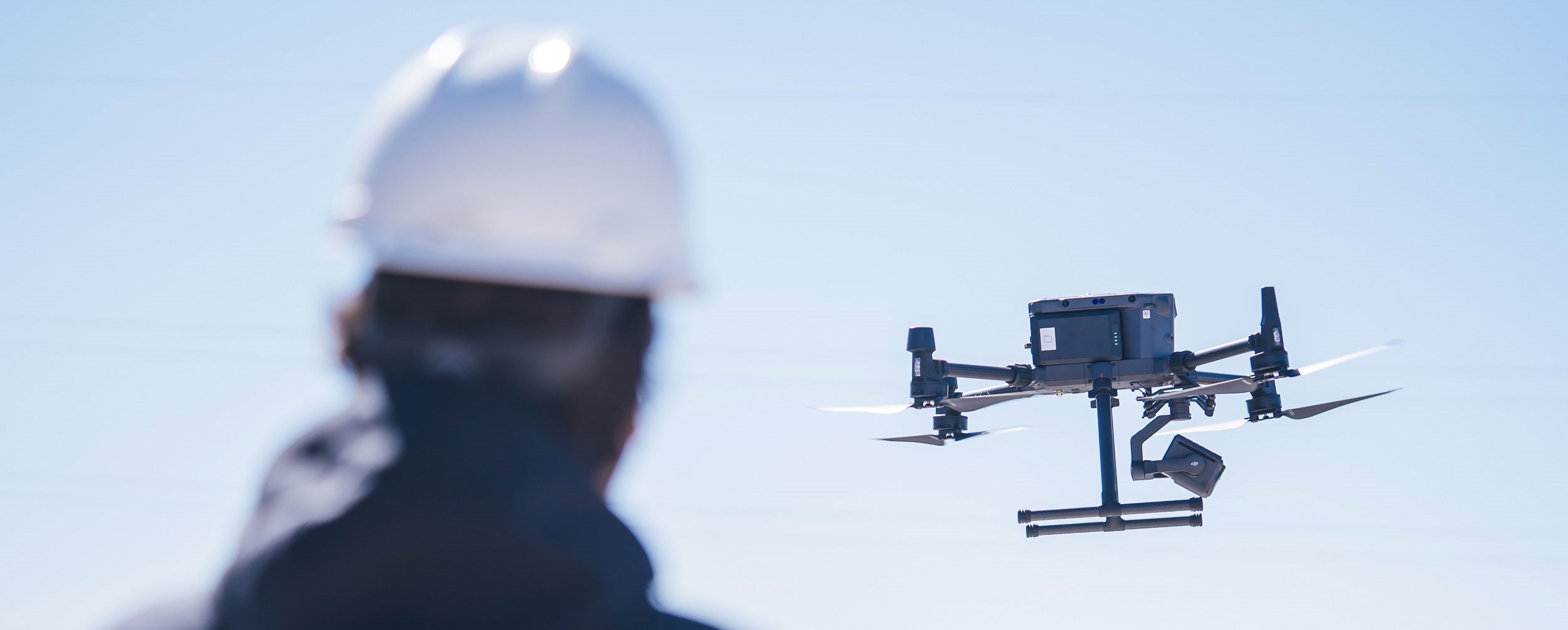Our overall approach to waste management is detailed in our Environmental Policy. During 2021, we also developed an Project Lifecycle Management & End of Life Guide. This was prepared in accordance with relevant standards such as the Equator Principles and IFC Performance Standards to communicate expected standards across our organisation.
We follow the waste hierarchy for waste management; we work to first prevent waste being generated then minimise, reuse, recycle, recover energy, and then dispose of waste responsibly working to avoid landfill as far as practically possible. We are however normally dependent on local waste management infrastructure and since we operate in many developing countries, recycling rates may be lower than desirable.
We develop plans for hazardous substance and waste management for construction and operations. All Scatec operated sites must have a waste management procedure in place based on Scatec’s corporate guidelines and requirements. This includes measuring waste volumes and obtaining waste receipts from waste contractors who must be suitably certified when handling hazardous waste. Contractors are reviewed by the site manager and /or HSSE responsible, and if necessary regional environmental managers. Site waste management is reviewed intermittently through internal audits and external ISO 14001 compliance audits.
We take a circular, cradle to cradle approach, and every project will develop a plan for end of life and decommissioning. At end of life, we will make sure that all major components such as solar panels and turbine blades are reused or recycled.
We also engage with key component suppliers on their use of raw materials and handling of waste and set minimum requirements for environmental management during procurement processes.
Construction and operations waste data is collected internally. In 2022, we will review and improve data quality and comparability and establish reporting in line with GRI 306-3 Waste generated.
Waste management and end of life mapping
In 2021, we mapped waste management practices across our sites to better understand the status and identify common challenges. Key finding revealed that solar modules are the most challenging waste type. In Europe this is typically not an issue, as recycling schemes and facilities are well established. In most developing countries, this is usually not the case, where landfilling is still the common approach.
Modules can be damaged due to lightning, wind, accidents, or quality errors. Some damage can be fixed, such as damaged control diodes and many sites are doing so already. A key focus for 2022 will be to share best practices on repairment across our project sites and continue our work of identifying and assessing panel waste management solutions for all sites.

